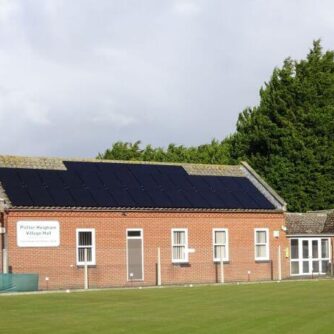We unpack how village and community halls can manage changing risks, legal duties, and rural challenges with smart, simple practices. Daniel Noonan from Kent Fire and Rescue explains how a living fire risk assessment ties alarms, signage, training, hirer rules, and new tech into a clear plan.
• who the responsible person is under the Fire Safety Order
• why annual reviews and change-triggered reviews matter
• common hazards in rural halls and low water pressure
• what a risk assessment must include and record
• when alarms are needed, testing, and maintenance cycles
• signage, emergency lighting, and evacuation plans
• managing hirer risks and banning pyrotechnics
• keeping exits clear, bins away, and vegetation low
• training volunteers for evacuation and extinguisher competence
• integrating solar, EV chargers, and battery risks safely
• rules for charging e-scooters, e-bikes, and vapes





